In the early 80s, all it took to make a game was a computer, some graph paper, and a lot of determination.
Games were created by brilliant individuals.

Their designs were often groundbreaking and sometimes deeply artistic.
Their choices defined much of what we see in games today.
Some of these auteur game developers even made a decent living.
Playing their games inspired me to make games of my own.
By the mid-90s I had a degree in computer science, and landed my dream job at Origin Systems.
But the industry had changed. The days of the solitary, brilliant, auteur developer had passed like rain on the mountain.
Now games were made by massive teams with massive schedules and massive budgets.
Big budgets required big revenue, and big revenue required small risks.
My dream job turned out to be a nightmare. I was working harder for less money than my non-game-programming peers in exchange for the privilege of making games.
But I didn’t make games. I made little pieces of games.
So I moved into management. I thought that more leadership would mean more creative control. It didn’t. I still didn’t make games. Now I didn’t even make little pieces of games. I made schedules and budgets and meetings.
So I got out.

Then, just for fun, I started making Flash games.
With Flash you could create art and code in the same space. The games were small and focused. You could make a pretty good game by yourself. And Flash was everywhere, so you could publish your work to the world.
It was a dream come true. I could make whole games—not just pieces. They could be as strange or as fun or as experimental as I wanted. There were no schedules or budgets or meetings to fuss over.
Then the dream got even better. It turned out my little games could make a little money.
Then came the iPhone, and suddenly you could make a lot of money.
It was a renaissance, a second chance. For the first time since the early 80s, an individual programmer or a small group of developers could make a living creating fantastic wonders that made people smile while stretching their view of what games could be.
It was another golden age. For others.



And for me.

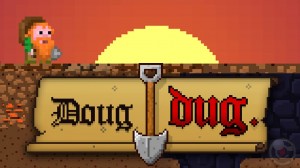
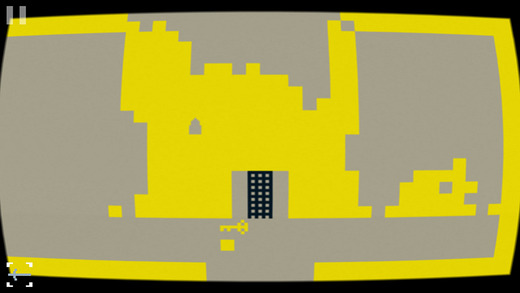
And then, suddenly, it was over.
So many people rushed to make games for the iPhone that supply exploded and prices collapsed. You literally couldn’t give games away.
Soon the only people making money on small games were those who made their games into billboards and markets.
It was the opposite of creativity. The opposite of art. And the type of fun these games delivered was bargain-basement: addictive but empty, like sucking sugar through a straw.
Even small, indie games were no longer innovative, beautiful, or human. They were machines designed to latch onto a human brain and feed it all the right chemicals to keep it entranced.
So I got out.

Now making games is a hobby for me, as for millions of others. Just a hobby.
Small game development isn’t totally dead. Occasionally a game will make a splash and the creators will reap rewards for a few months.
But almost no one makes a steady living. Zynga, Rovio: today’s superstars are tomorrow’s street sweepers.

And if your game does do well, there are always a thousand hungry developers willing to steal and repackage your idea.
Creating small, beautiful games is no longer a living. But it is a grand hobby. A 48-hour game programming competition like Ludum Dare is the highlight of my year.
I get so pumped in those 48 hours, I have a hard time coming down.

When I was in college they told us there would always be a demand for software developers. In general that’s still true.
I always wondered what it would look like when it stopped being true, when the need for developers dwindled, and programming stopped paying the bills.
Now I know.
For the lone game programmer that day has already arrived.
Twice.
Discover more from Holy Ghost Stories
Subscribe to get the latest posts sent to your email.








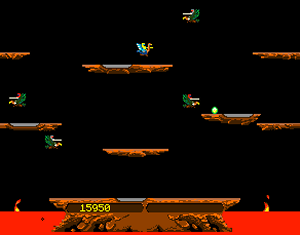



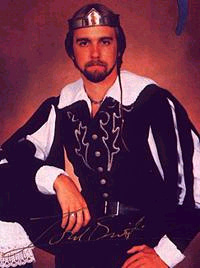











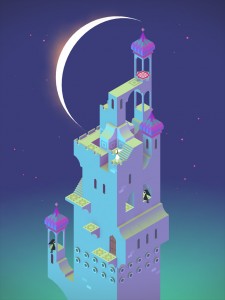



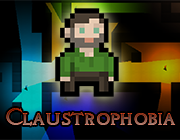
Comments are closed.